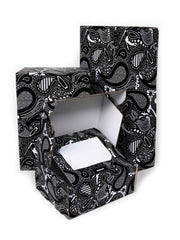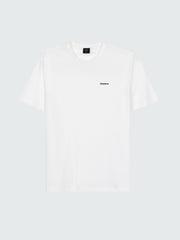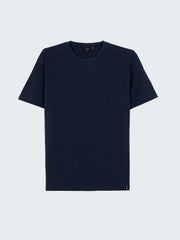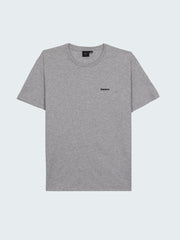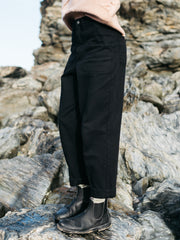Yulex® Natural Rubber
Yulex® is a material derived from natural rubber designed to provide a lower-impact alternative to traditional neoprene.
The natural rubber sheets used in our Yulex® products are made from a blend of 85% Yulex® Pure natural rubber and 15% synthetic rubber by polymer content. By using responsibly sourced natural rubber, Yulex® aims to help reduce reliance on petroleum-based materials.
How is Yulex® produced?
Yulex® is made using natural rubber emulsion sourced from responsibly managed Hevea plantations which can continually produce rubber for up to 30 years. The latex emulsion is refined, purified, and concentrated using Yulex’s specialised process. It is then coagulated through a method that alters the electrical charge of the rubber particles, forming soft clumps which are rinsed, milled, and dried to create bales of Yulex® Pure dry solid rubber.
Yulex®, the natural solution
Yulex® Pure is a plant-derived material designed to offer the technical and performance benefits of traditional neoprene. Unlike neoprene, which is derived from finite fossil fuel resources, Yulex® Pure is made using natural rubber, a renewable raw material – thus reducing our reliance on fossil fuels in wetsuit and swimwear production.
Now halfway through the UN Decade for the Ocean, it’s more important than ever that we stand up for the health of our seas. With our new range of Yulex® wetsuits and swimwear we’ve drastically reduced our reliance on petroleum, creating the lowest impact suits we’ve ever built, without compromising on performance.
Yulex® 2.0
Launched in 2025 our Yulex® 2.0 formula is our stretchiest yet, allowing increased flexibility and movement, both in the water and whilst getting changed. It also represents our most traceable Yulex® supply chain – the raw rubber used in these products can be traced back to the Hevea plantations in Thailand and Vietnam where it is produced, and the wetsuits are made by our partner factory Plethora, in Thailand.

